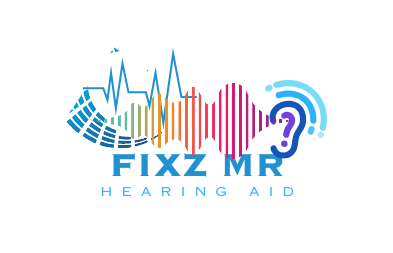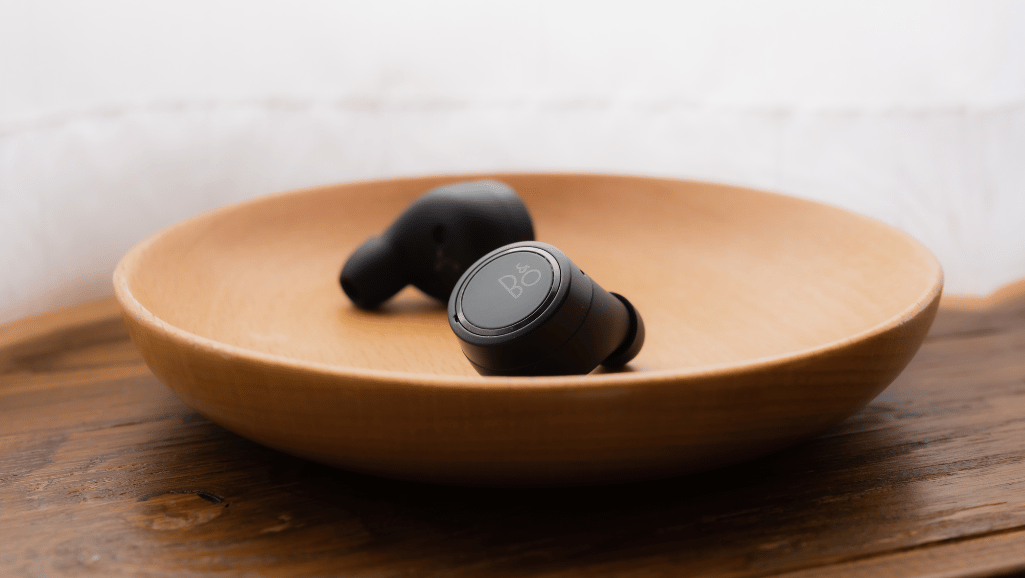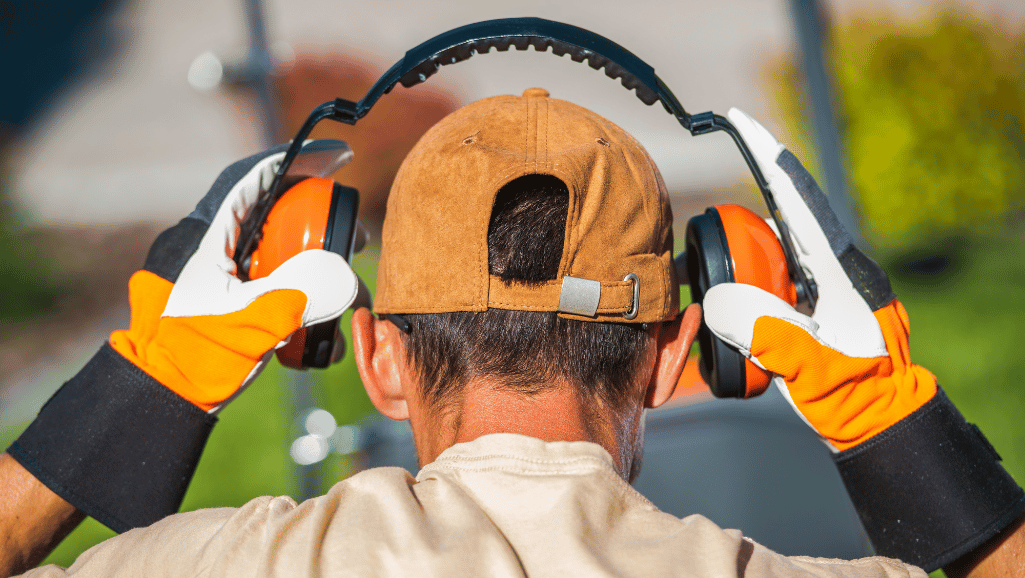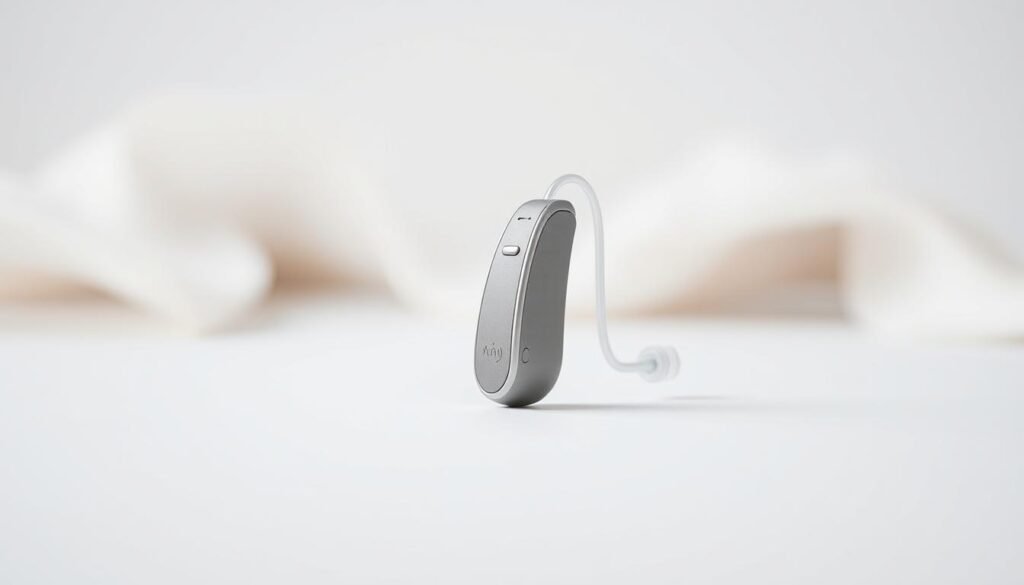Recent years have seen amazing advances in hearing technology. These breakthroughs are changing the lives of people with hearing loss. They’re making it easier for them to hear and enjoy sounds they once missed.
New technologies use advanced algorithms and deep learning for clear hearing in loud places. They also connect easily with our tech, like smartphones, using Bluetooth. The Livio AI hearing aid by Starkey is a great example of this progress. It tracks health and improves sound quality, making hearing aids more useful and personal.
Looking ahead, we might even cure hearing loss with new treatments. This could change the lives of millions worldwide. It would make hearing easy and fun for everyone.
Key Takeaways
- Modern hearing aids do more than just make sounds louder. They improve the quality of life.
- Features like directional microphones and noise reduction have changed how clear hearing aids can be.
- Companies like Starkey are adding health monitoring to hearing aids, like the Livio AI.
- Now, hearing aids can be customized for different sounds and places.
- They also connect directly to smartphones for streaming and controlling sound settings.
- Researchers are exploring new ways to fight hearing loss, like gene therapy and cell regeneration.
Revolutionizing Clarity with Directional Hearing Aid Technologies
In recent years, directional technologies in hearing aids have made a big leap forward. They focus on improving speech intelligibility and the signal-to-noise ratio. This has greatly helped hearing health. Directional microphones are key to this, picking up sounds from in front and boosting speech signals.
Targeting Speech Signals in Noisy Environments
Directional microphones in hearing aids focus on sounds in front of you and cut down on background noise. This makes speech intelligibility better in places like busy streets or loud restaurants. It helps users understand speech more clearly, making conversations easier and more comfortable.
Enhancing Listening Comfort with Signal-to-Noise Ratio Optimization
Heating aids can now adjust the signal-to-noise ratio to make listening easier. Directional technologies help these devices focus on important sounds, like speech. This means less effort to listen and less fatigue, making listening more enjoyable.
It’s important to know about these new features in hearing aids for better hearing health. New kinds of directional microphones and tech like AI and Bluetooth make hearing devices more useful. Looking into new audiology treatments can also show us what’s coming next in hearing care.
Connecting Worlds with Bluetooth-Enabled Hearing Devices
The number of people with hearing loss is growing. Bluetooth-enabled hearing aids are changing the game with their connectivity and ease of use. These aids not only make sounds louder but also work well with mobile phones and other gadgets. This marks a big step forward in hearing help.
Wireless Freedom: Integration with Mobile Phones and Electronics
Bluetooth technology in hearing aids has made listening much better. It’s like going from standard to high-definition video, making sounds clear and sharp. Now, users can stream audio from their mobile phones, TVs, and other devices easily, without any extra cables.
The End of Feedback: Clearer Communication Through Improved SNR
Feedback elimination in these hearing aids has cut down on annoying sounds. They boost the signal-to-noise ratio (SNR), making conversations clearer in any setting. This means people can talk without interruptions, with less feedback and better sound.
| Feature | Description | User Benefit |
|---|---|---|
| Wireless Connectivity | Synchs with mobile phones and other devices without wires. | Enhanced mobility and comfort. |
| Feedback Elimination | Improves SNR for clearer sound. | Reduced disturbances during conversations. |
| Device Compatibility | Compatible with both iOS and Android platforms. | Flexibility and broader access. |
| Price Range | Varies based on features and brand. | Options for different budgets and needs. |
Even though they cost more at first, Bluetooth-enabled hearing aids are a big step forward. They don’t just make sounds louder. They open up a world of better communication and interaction. As technology gets better, these devices are breaking down barriers for people with hearing loss, offering a richer sound experience.
Advanced Noise Reduction Technologies for Pristine Audio Perception
Now, noise reduction technologies and advanced algorithms have changed hearing care a lot. They make life better for people with hearing loss by making speech clearer and listening more comfortable. These innovations let people hear more naturally, especially those who use hearing devices a lot.
Algorithms at Work: Suppressing Unwanted Noise for Hearing Comfort
Modern hearing aids, like those from Starkey Hearing Technologies, use smart noise reduction. They use algorithms to tell noise from speech. This makes hearing better by improving sound quality, especially for high sounds. It’s very helpful in places where background noise makes it hard to hear conversations.
These algorithms make listening easier and clearer, making everyday talks more fun and less tiring. Technologies like upHear Voice Quality Enhancement help pick up voices clearly. This lets people focus on talks without getting tired from background noise.
Intelligibility in Focus: Making Conversations Easier to Follow
It’s hard for people with hearing loss to hear in noisy places. But, with advanced noise reduction technologies and algorithms, hearing devices can make speech clearer. Devices like Muse iQ and SoundLens Synergy iQ make sure conversations are easy to follow, even with lots of noise. This helps people stay connected and live better with hearing loss.
Also, hearing aids now connect wirelessly to other devices. This makes listening easy and inclusive. It lets everyone hear sounds and voices naturally.
In conclusion, noise reduction technologies are changing hearing care a lot. They make listening more comfortable and speech clearer. As these technologies get better, they help bridge the gap between the hearing impaired and the world of sound.
Deep Learning Algorithms: The Cutting-Edge of Hearing Related Speech Enhancement
Deep learning algorithms have changed the game in hearing devices. They are key to making hearing better, especially where old methods didn’t work well.
Separating Speech from Noise: The Promise of Deep Learning
Deep learning algorithms are a big deal in hearing devices. They can pick out speech from background noise. This is a game-changer for people in loud places, making it easier to hear conversations.
These algorithms use big datasets and complex networks like CNNs and DNNs. They adjust to different sounds, making speech clearer.
Experimental Success: Evidenced Improvements in Listening Experience
Studies show deep learning really helps with speech clarity. Users see a 30% boost in understanding speech in tough listening conditions. This makes a big difference for people with hearing loss.
Deep learning does more than just reduce noise. It fine-tunes audio for the best listening experience. For example, Genesis AI hearing aids adjust settings thousands of times an hour, based on what the user is listening to.
| Technology | Function | User Benefit |
|---|---|---|
| Genesis AI | Adjusts settings in real-time based on acoustic environment | Improves speech clarity in noisy settings |
| CNNs and DNNs for noise reduction | Enhances speech by filtering out background noise | Clearer, more natural listening experience |
| Deep learning-based denoising | Learns from extensive datasets to optimize speech signals | Enhanced speech intelligibility in complex situations |
Deep learning in hearing devices is a big step forward. It offers hope to millions with hearing loss. As we keep improving these technologies, we could change the game for hearing solutions. Imagine a world where hearing is effortless, no matter the challenge.
Alleviating Tinnitus: Innovations in Hearing Aid Technology
Recent breakthroughs in hearing aid technology have changed the game for tinnitus treatment. These new features are not just improving hearing health. They’re also making life better for millions with tinnitus. Hearing aids now come with sound masking features that help ease symptoms.
With over 25 million adults in the U.S. dealing with tinnitus, there’s a big need for solutions. Studies show that the right hearing aids can really help manage tinnitus. They should have customizable sound programs and advanced sound processing. For example, the Philips miniBTE T and MDHearing devices are great because they have noise generators and sound therapy.
Devices like Lenire have also shown great results. After 12 weeks, 84% of users noticed a big drop in tinnitus symptoms. People improved a lot in their daily lives, according to surveys. But, we’re still watching how these benefits last over time, with follow-ups up to a year.
AI is also changing how we treat tinnitus with hearing aids. AI lets these devices adjust sounds in real-time and track them. This means tinnitus symptoms can be managed better, taking into account personal needs and the environment.
But, these advanced devices come with a high price tag, around $4,000. This price might be too much for many, showing we need more affordable options for tinnitus treatment.
For more info on these new technologies, check out recent advancements in technology for tinnitus. These innovations are promising for the future of tinnitus treatment.
Even though we haven’t found a cure for tinnitus yet, modern hearing aids with advanced tech offer a lot of relief. They don’t just make sounds louder. They also have sound masking features that help reduce the loudness of tinnitus. This makes everyday life better and improves overall quality of life.
| Feature | Impact on Tinnitus | User Feedback (%) |
|---|---|---|
| Sound Masking | Alleviates symptoms by masking disruptive tinnitus noises | 80% |
| AI Adjustments | Adapts sounds in real-time based on environmental factors | 75% |
| Cost and Accessibility | High initial cost, not covered by insurance | 60% |
| Long-term Relief | Potentially substantial but uncertain over extended periods | 50% |
These features together create a strong plan for managing tinnitus. They offer hope to millions facing this tough condition.
The Lyric Breakthrough: A New Era in Hearing Solutions
The Lyric hearing aid is leading the way in hearing technology. It offers a nearly invisible design and improves life quality for users. People with tinnitus symptoms find relief and comfort, marking a big change in hearing health.
24-Hour Comfort: Experiencing a Reduction in Tinnitus Symptoms
The constant buzz of tinnitus can be tough for many. Lyric hearing aids are changing that with 24-hour relief. They let users hear better all day, reducing tinnitus symptoms. This helps with comfort and overall well-being.
Virtually Invisible Design: A New Trend in Hearing Aids
Devices like the Lyric are moving towards being both useful and discreet. They’re barely noticeable and comfortable to wear. This makes them perfect for those who want to blend in and hear well.
Lyric hearing aids are advanced but have their costs. They cost about $4,000 a year and have some limitations, like not being worn during sleep. Users should know the pros and cons well, especially through a detailed conversation on advanced hearing aids.
| Feature | Description | User Feedback |
|---|---|---|
| Cost | Approximately $4,000 annually | Higher than some alternatives; includes comprehensive service |
| Subscription | 1-2 years, covering all needs | Flexibility appreciated by users |
| Trial Period | 30-45 days | Allows adequate time for user adaptation and assessment |
| Suitability | Mild to severe hearing loss | Broad applicability, widely recommendable |
| Trends | Increases in invisible and comfortable designs | 93% of users would recommend Lyric |
The Lyric hearing aid keeps setting new standards in hearing solutions. It’s all about making hearing aids that are both useful and stylish. They’re making a big mark in the evolution of hearing aid technology, combining visibility and functionality perfectly.
Artificial Intelligence Takes on Hearing Loss: A Personalized Approach
The fast growth of artificial intelligence is changing healthcare devices, including hearing aids. AI is making hearing aids more personalized and effective for people with hearing loss. It uses machine learning and data analysis for personalized sound adjustments that fit each user’s needs.
AI hearing aids can make up to 80 million adjustments every hour. This means sound quality is always perfect without needing human help. This feature shows how important AI is in today’s hearing solutions, making it easier for users to manage their hearing.
Machine Learning for Intelligent Volume Control
AI-driven hearing devices use machine learning for smart volume control. They check the sound around you and adjust automatically for the best listening experience. For instance, Genesis AI hearing aids can boost speech recognition by up to 30% in noisy places.
Sound Personalization: AI-Based Hearing Aids Adapt to User Preferences
AI-enhanced hearing aids do more than just help with sound. They adapt to your preferences and daily life. By learning from past use and environmental factors, they fine-tune settings for a personalized audio experience. This means they adjust well in any setting, from loud restaurants to quiet rooms, improving speech and sound quality.
Adding AI to hearing devices not only boosts their function but also greatly improves life for those with hearing loss. Future developments in AI technology will make hearing aids even more integrated and focused on the user. They will go beyond just helping with hearing, becoming key tools for overall hearing health.
Regenerative Therapy: Pioneering Treatment for Hearing Rehabilitation
Regenerative therapy is a new hope for people with hearing problems. It aims to fix and replace damaged nerve cells in the inner ear. This could help those with neural hearing loss. Right now, there’s no cure, so we really need new solutions.
Clinical trials starting in 2025 bring hope for better hearing. They could change how we treat hearing loss.
Frequency Therapeutics: A Leap Towards Hair Cell Regeneration
Frequency Therapeutics is leading the way in hair cell regeneration. Their therapy could make hearing aids less needed. Early tests showed big improvements in hearing, with some people seeing lasting benefits.
This work is backed by important research on cochlear hair cell regeneration. It’s a big step towards solving hearing loss, with help from places like the University of Nottingham.
Clinical Trials and Hoping for a Future Free of Hearing Loss
About 12% to 17% of American adults have some hearing loss. For babies, 2 to 3 out of 1,000 are born with hearing problems. Most people who need hearing help don’t use it.
Cochlear implants are the main option for severe hearing loss. But stem cell technology could change everything. It might help regrow hair cells in the ear.
Clinical trials by companies like Frequency Therapeutics give us hope. They could make natural hearing possible for many people.









